How to avoid a charging elephant
Botswana - Africa
Highlights of Botswana
Part 2
Okavango Delta & Moremi
Elephant near Xakanaxa and Third bridge
If you’ve missed Part 1, click on the link below:
Highlights of Botswana and how to self-drive overland – Part 1
How to avoid a charging elephant – you could just confront them face to face, on foot - not highly recommended
Elephants are highly intelligent. I’ve even dedicated an entire blog to elephants, because they’re one of my favourites.
On many occasions people have witnessed that they have emotions just like humans. Majority of the time though all they want to do is go about their daily ritual. There have been numerous occurrences where they’ve charged humans, vehicles and other animals too. Most of the time it is a mock charge, but on occasion it is on a mission to show you who is the boss and will flatten you effortlessly. Remember that you are in their territory.
I have the utmost respect for elephants and I hope you do too.
Half wet elephants in Moremi
Mock charge or real charge?
A few tips to determine whether the elephant is mischievous or serious. That is, if you have the time to observe all this. You might be tempted, tail between the legs, to dash away. Not a great idea.
1. If it looks like the elephant is using its ears to swat flies, it should be fairly relaxed. If the ears are fanned out, they are getting ready for a mock charge. However, if they are pinned back, think of it as making its body sleek for a full charge, be prepared to take some evasive action - rapidly.
2. Often their trunks are curled up, inwards for attack. A relaxed trunk, facing forwards is usually only a mock charge.
3. Displacement activities such as swinging from leg to leg and a twitching trunk is a sign that he is trying to threaten you or preparing for a mock charge. Shaking his head, trumpeting or throwing objects such as grass or twigs is also a sign of threat.
Elephant approaching us Moremi Game Reserve
How to avoid a charging elephant
1. Do not get too close to them.
2. Do not corner them or obstruct the direction they are heading in. Give them their space and right of way.
3. Stay downwind from the elephant. Let the wind come from the elephant to you. Stay still and quiet. Their hearing and sense of smell is exceptional.
4. If confrontation is unavoidable, create a racket to chase them away. Do not turn your back on them and run, though. That is a sign for them to chase you.
5. Be observant. They often creep up behind you. We have even seen one using army tactics and moving from tree to tree closer to us.
6. Do not get between a mother and her calf. They get extremely distraught.
7. Try to get something between you and the elephant. (Preferably not your spouse!)
8. Even if you are in a vehicle, it is not easy to get away quickly. Assess the situation and if you can manoeuvre away from the elephant, do so. However, if the elephant is close enough to the vehicle, they have been known to tip over a car and flatten it. Therefore, back to point 1. Do not get too close to them.
The list could continue, but I think you have a general idea. Back to part 2 of our trip.
Mokoro trip Okavango Delta
Experiencing the Okavango Delta
Day 5 – Half day mokoro trip in the morning and tiger fishing in the afternoon.
At the Okavango Delta it is not unusual to get very close to hippos. In fact, you could be surprised by any wild animal. There was a hippo that visited our campsite at Nguma Island Lodge the previous night, but the only evidence we saw was its footprints. I was excited about our mokoro trip but was wondering if there was a good chance that the calm waters of the delta could erupt, while making his presence known when we were leisurely drifting on the water in a vessel, tinier than a hippo.
A traditional mokoro is a dugout wooden canoe. These days they are made from plastic or fibreglass to preserve what is left of the trees in the Okavango Delta.
Our punter gently poked his pole in the water to move us along at a sedate pace. At first, I peered anxiously in the water to see if there were any hippos or crocodiles lurking behind a water lily, but soon a feeling of utter bliss took over. Through the tall swamp grass and reeds our path was surrounded by beautiful aquatic plants. The water was so clear that at times we could see the sand at the bottom. Not an animal showed itself to us. Not even a baby hippo or a tiny crocodile.
We stopped at one of the islands and stretched our legs, walking around with our guide. He demonstrated how they used some of the plants as hats and necklaces but the one I found most interesting was using them as eyedrops. We also came across some elephant spoor but still not a sign of these magnificent mammals.
Aquatic plants used to dispense water for eyedrops
Aquatic plants and crystal clear water in the Okavango Delta
The fishermen were just as unlucky in the afternoon. The tiger fish were evasive, but they managed to hook a nose of one of the men in our group. Ouch! Fortunately it wasn’t too difficult to remove the hook. Still, I cringe even thinking about it now.
Just before sunset we set off on small speedboat for a sundowner cruise. We were dwarfed by impenetrable walls of papyrus, making floating islands. They drift around, forming channels. We spotted a few large crocodiles basking in the warmth of last bit of afternoon sun. Thankfully they weren’t interested in us. This also explained why even large animals such as elephant are not always visible. They could be hidden so easily by the masses of papyrus.
Papyrus islands in the Okavango Delta
Like a tropical oasis in the Okavango Delta
Day 6 & 7 – Stock up at Maun and refuel. Head for camp near South gate at Moremi Game reserve.
We couldn’t hide away on this peaceful oasis any longer and had to head back to Maun. We had to leave Nguma Island Lodge through the water we drove through when we arrived. It seemed higher but perhaps that was just our imagination.
At first light, when we could see well enough where we were heading, we took turns to leave the island. We were reminded once again what to do: Try not to stall the engines and keep them running at all times. Keep the momentum going at a slow but steady pace.
It was not an easy crossing. Many vehicles got stuck and had to be rescued and towed out. This was by far worse than when we arrived. We were one of the fortunate few that made it through without an issue. Our convoy limped and choked back to Maun.
Isuzu needing to be towed out
Water pouring out of vehicle (apologies for quality of photo)
A very wet footwell
Moremi- botswana
We briefly stopped at Maun and one vehicle had to be abandoned at a garage in Maun to see if they could repair it. On our way to Moremi, a popular wildlife park in Botswana, the vehicles that stalled in the water spluttered and gasped their way to our next camp.
Along the route when we reached the gravel road, we pulled off to the side to wait for the struggling vehicles to catch up. We were surrounded by a group of young kids. They came to sit next to our vehicle and chatted away in their home language which is Tswana.
I had the door open to allow air to circulate. They pointed at the door and said “Li-on”, emphasizing the syllables. We had a book about Botswana and they had spotted the picture of a lion. “Ze..bra….” It seemed that they didn’t understand English, so I continued playing teacher and paged through the book, showing them the different animals. They named all the animals. Soon it was time to leave and as we were moving, we waved goodbye. Their reply in perfect English, “Goodbye! Enjoy your holiday and hope you like Botswana.” I don’t think I can take credit for improving their English so quickly.
Eating fruit while watching us.
Looking at pictures of animals in the book
Eagerly waiting for fruit
Happy with their fruit
Southgate/ Maqwee Gate
Our camp was just outside Southgate on the boundary of Moremi game reserve. We were to spend two nights here. Although it wasn’t in Moremi, we were advised to walk in pairs to the ablution block at night with a powerful torch. Lion were spotted regularly in the area.
We had a few children in our group and at night we kept them within the circle around the campfire till they had their dinner. One of the parents had DVD’s and a player in their vehicle. They were very quickly shoved in there and this kept them occupied till they fell asleep, which didn’t take long as they were usually exhausted.
We only had one full day in the wilderness reserve. Personally I feel this time is too short, even though self-driving tourists aren’t permitted to drive in all the areas. Moremi consists of private concessions and the small area where you are allowed to drive without a guided tour still covers a large portion of the game reserve. There is no way to exit easily and quickly if your time is limited.
We did not see as much game at Moremi as we thought, but this might well have had something to do with the lack of time. You had to calculate the period you needed to turn around and go back the way you came or continue doing the circular route. Once you were committed, there was no changing your mind.
One of the so called bridges in Moremi
Rule: walk through water crossings
Driving over submerged bridge Moremi, Botswana
Discussing the bridge Moremi
Three men from our tour group whose car had engine troubles, because of the water crossing at Okavango Delta, drove with us in our vehicle. They’d attempted to drive their car to the reserve but decided it was wise to leave it at the gate, because the electronic components were soaked, and they would not be able to retreat from predators if necessary.
Because of the heavy rains and floods, some of the areas would be under water. In places there are a series of bridges to cross, First, Second, Third and Fourth Bridges. They mainly consist of rickety poles, although some were being repaired and improved. Some of the bridges (or areas to cross) were easy to negotiate and others could literally tip you into the deep end, if you took the wrong line.
Close encounters with elephants
Mock charge or real?
At one stage we’d passed the point where we could turn back and get to the gate before closing time. We had no option but to continue and we couldn’t dawdle. We’d reached an expanse of water and an elephant bull was heading for us. The road we were on headed towards the bull…and the water. He looked rather relaxed, but it wasn’t long before he decided to mock charge us, because he could see we were in his way. We were far enough away from him and we couldn’t go through the water anyway, so retreated but not by much. We sat with a dilemma. We had to find an easier route to get through the water.
Being mock charged by an elephant, Moremi, Botswana
No wonder I’m grey! Hubby disappearing in the grass looking for a place to cross
No sweat to the four men in our vehicle. They decided to leave the car and recce the area to find a spot to cross. I thought it wise to stay near our car. They found a shallow enough pool that looked safe enough. My words on their return “Apart from a few elephants on the other side of this water, which they can easily cross, did you see the sign warning us of crocodiles?” With eyes almost the size of golf balls, they tried to laugh it off. I was relentless though. “Did you forget about the lion that could be lazing in the long grass?” I definitely saw a flicker of relief on their faces when they were safely in the car.
We managed to get through the water without any issues but behind us were more of our group needing to get to the gate. They were in a hurry to continue. About fifty meters or so after we exited the water we however had come to a standstill, as the huge herd of elephants (that we’d spotted before driving through the water) were blocking our route and moseying over the road. A larger matriarch with mothers and their babies were in the group. We thought It was sensible to wait till it was safe before we continued.
Elephant road block
One of the guys from another vehicle called us on the radio. He was getting impatient but couldn’t see what was obstructing us. We told him about the elephant. He was getting rather edgy and decided to drive around us and squeezed in between bushes and trees then promptly stopped ahead of us. He hadn’t seen how large the herd was and realised we weren’t being unreasonable.
When we could continue driving it was quite late. There was no time to look for other animals and admire them, even if there was a pride of lion. We made it just in time before the gate closed.
Later around the campfire, other people from our group that were near Xakanaxa and Third bridge, where we saw the elephant, had seen lion and a leopard. Just goes to show you never know what you’re going to encounter.
Honey badger visiting us while we sat around the campfire
Behind our chairs at the fork of the stump is the honey badger
Ferocious Honey badger
That evening we had a visitor while sitting around the campfire. A honey badger was right behind our chairs. Although they look sweet and adorable, they can be quite ferocious and are known to bulldoze through anything in their way. Fortunately he was just sniffing around, minding his own business.
While we were sleeping though, the badger caused havoc with its sharp teeth, trying to get to the food crates and ammo boxes that were stowed on top of the vehicles. He had knocked them down and managed to bite through them.
Day 8 - Say farewell to the group and head south to own destination.
Our tour had come to an end and it was time to say goodbye. We stopped in Serowe and managed to get a room at Serowe Hotel to spend the night. Our vehicles were covered in dust, and we looked no better. We couldn’t wait to have a decent shower and probably used the hotel’s entire supply of water.
We left Botswana at Groblers bridge border post and entered South Africa. The Sangoma that told me my fortune at the beginning of our trip was right about the water and we couldn’t complain about the number of animals we saw.
Foot and mouth control stop in Botswana
A couple of tips for Botswana:
Driving in Africa can be interesting and Botswana is no exception. Cattle and pedestrians are often on the side of the road, with no fences to keep them in. One has to constantly be on the lookout for them. Driving in the towns you also have to be very alert, regarding traffic and pedestrians, including in some areas, theft.
We had twenty vehicles in our convoy. That is too many, in my humble opinion – but it also wasn’t a usual occurrence. Ten vehicles would in my mind be the limit and even then, it is not easy dealing with such a big group. When traveling, the last few vehicles struggle to keep up with the ones in front. In turn, the ones in front have to wait for those at the back. This takes time and patience.
Importing meat and dairy products into Botswana is restricted. They have foot and mouth disease control points where they will spray the wheels of your vehicles. They will also search your vehicles and may just confiscate your lovely juicy steaks if they find them. There are places to buy produce, but they are few and far between, so plan ahead.
Related Posts:
Botswana Part 1 - 16 Additional Botswana Photos
Botswana Part 3 - Highlights of Botswana and how to self-drive overland
Have you been to Botswana? I’d love to hear about it.



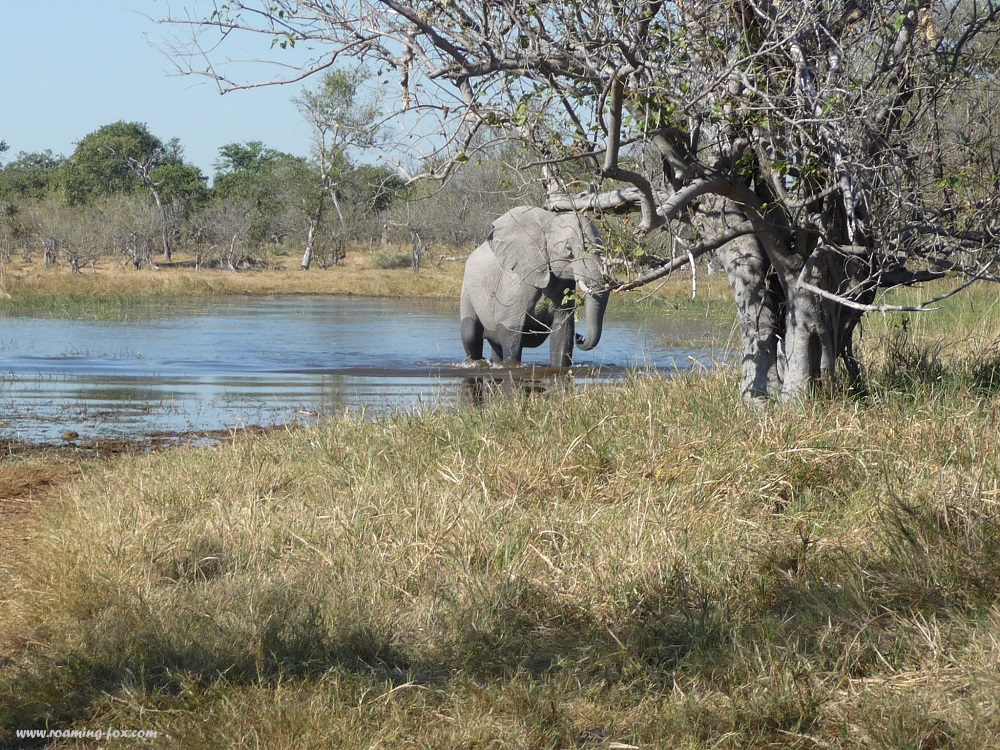








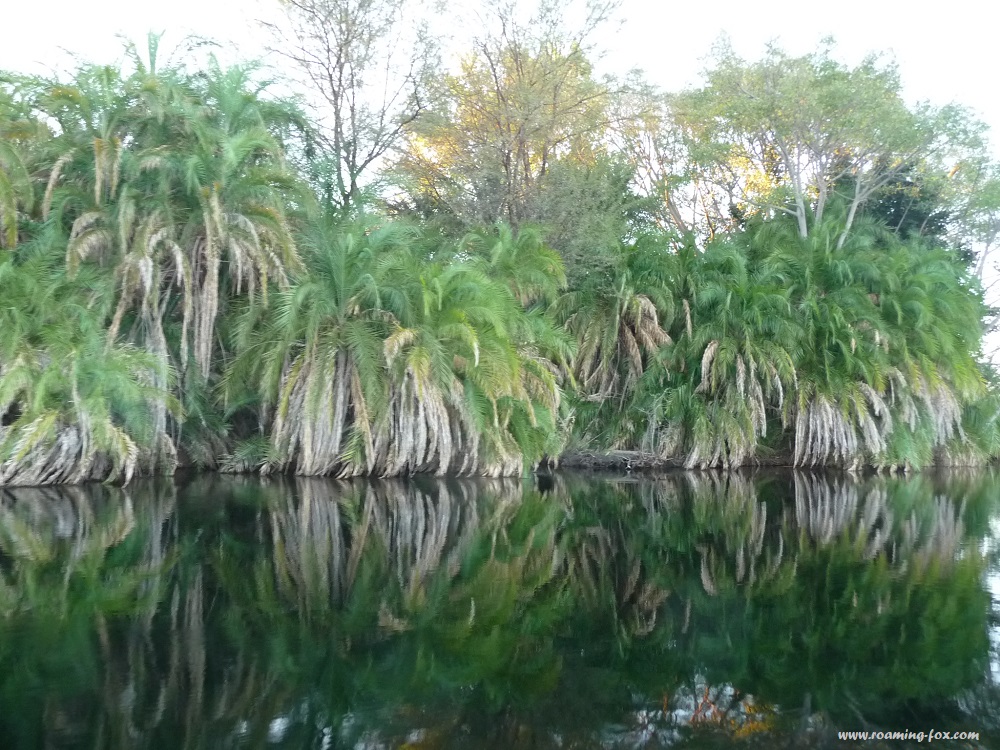
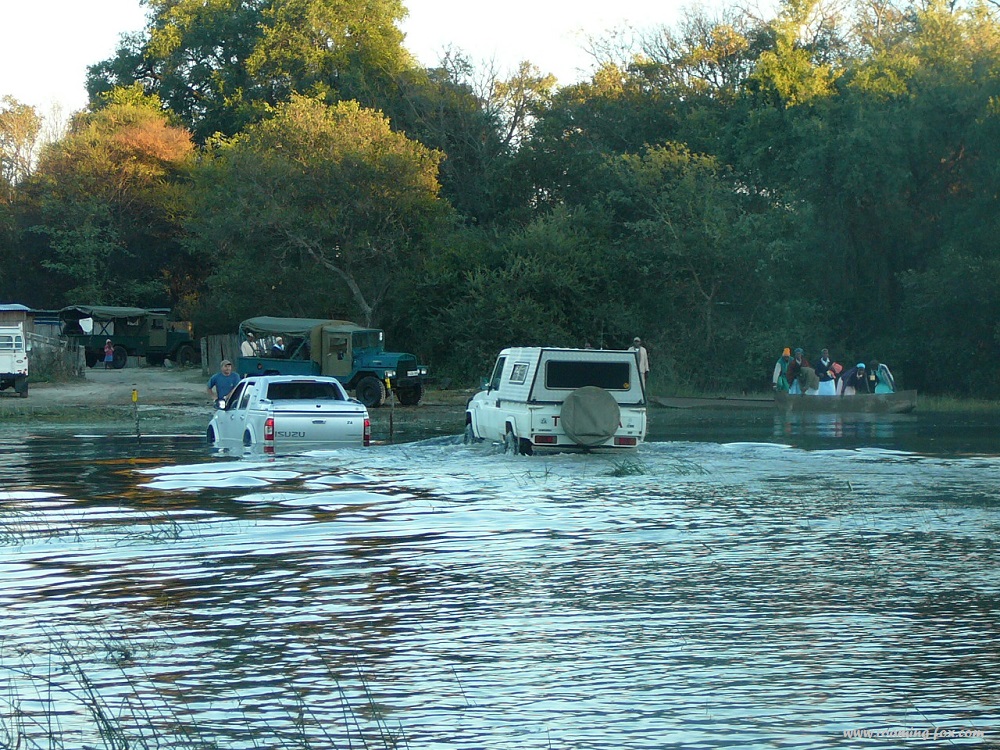
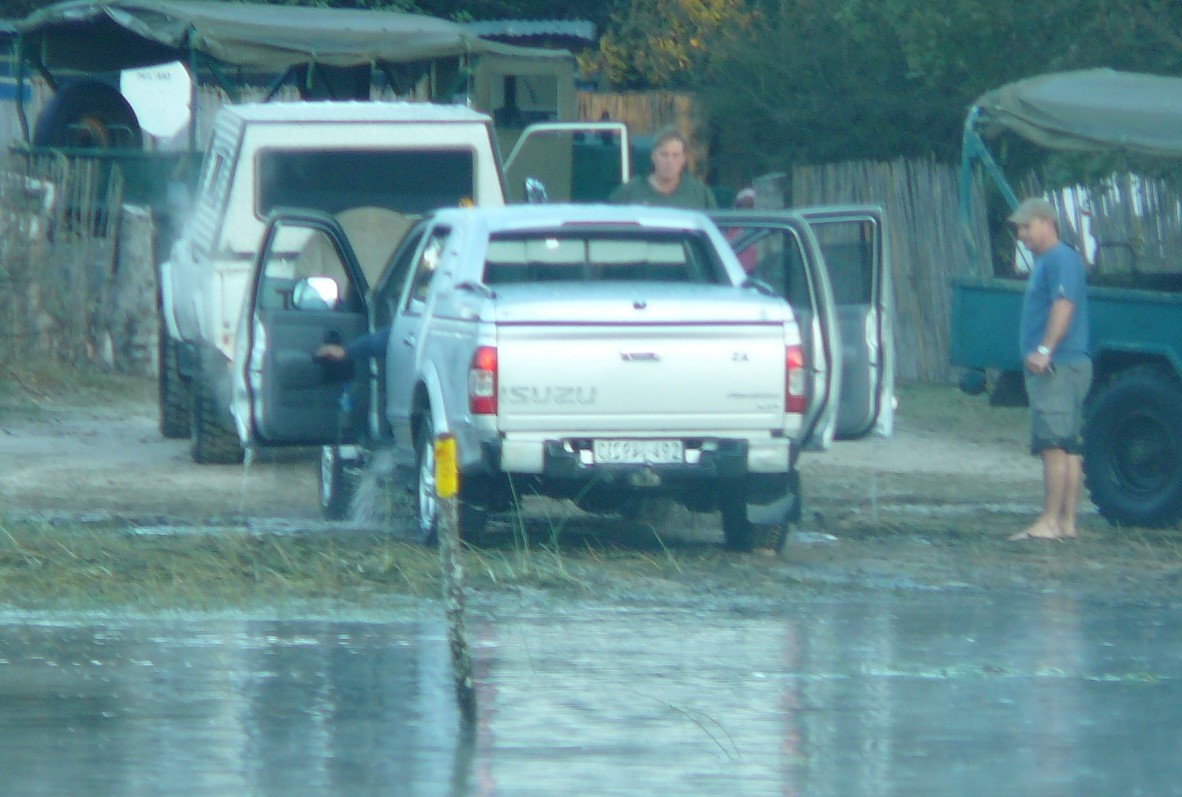
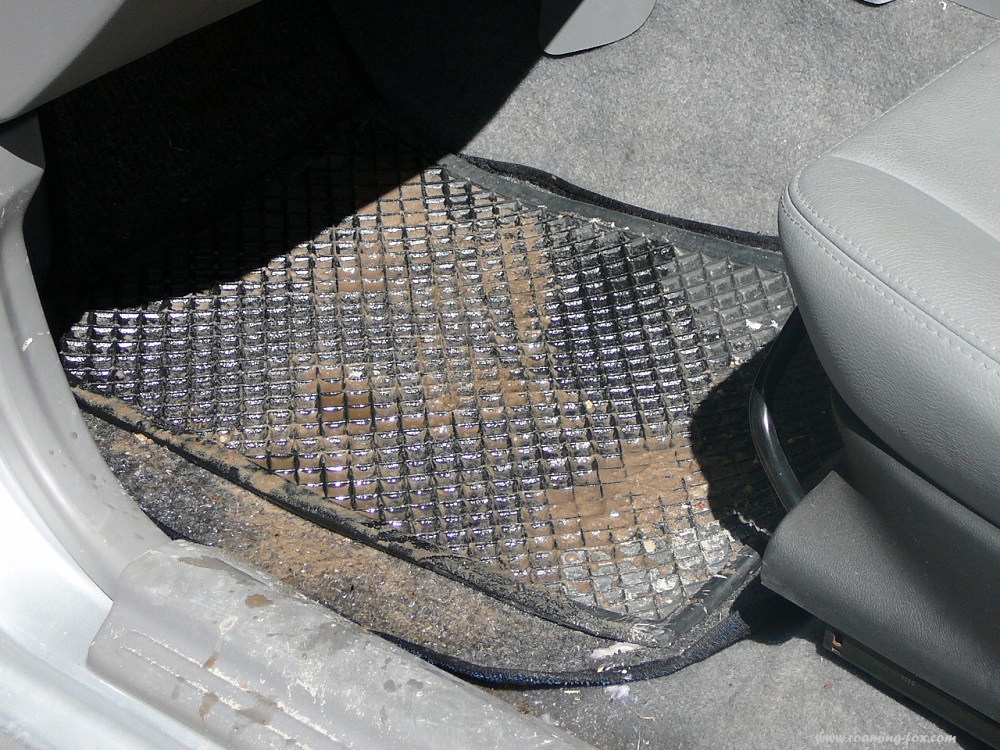

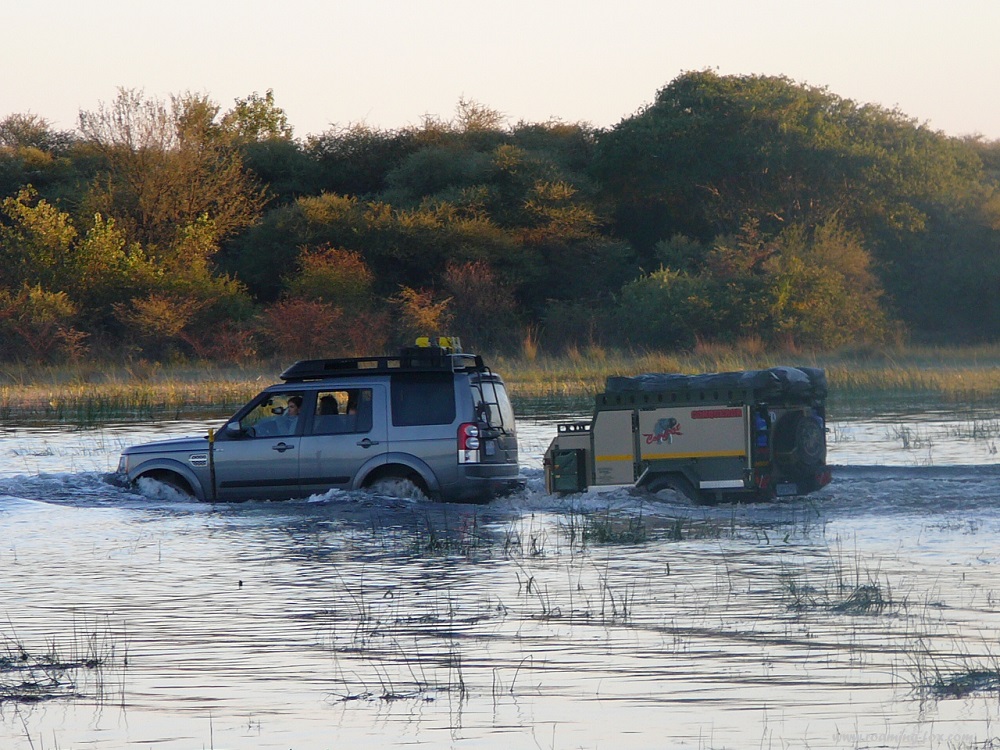



















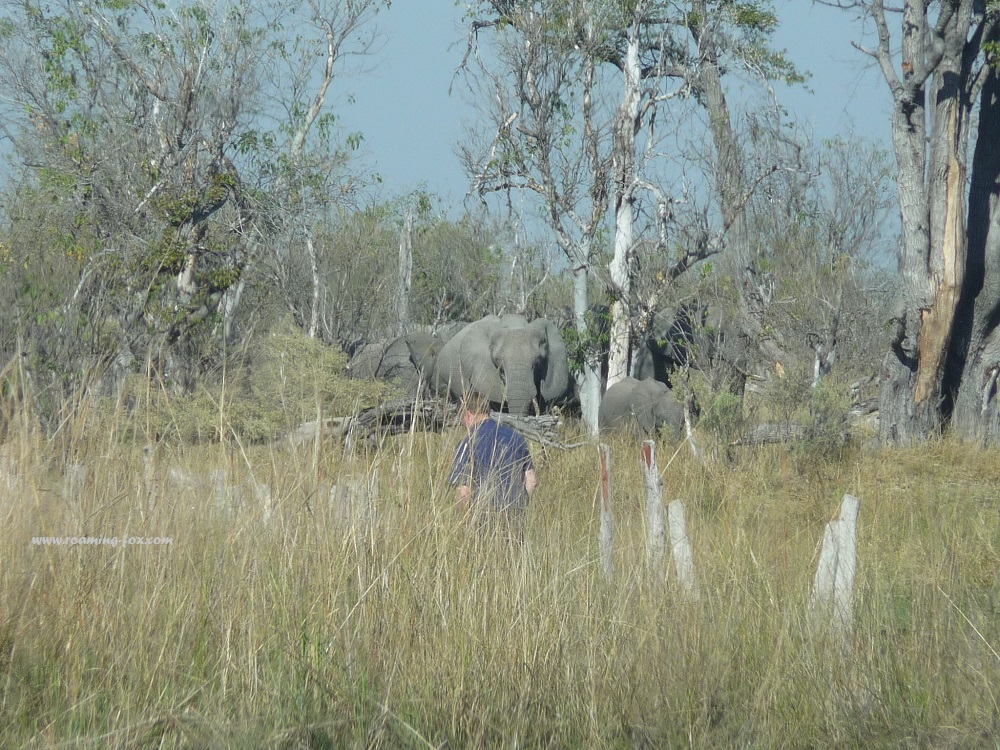




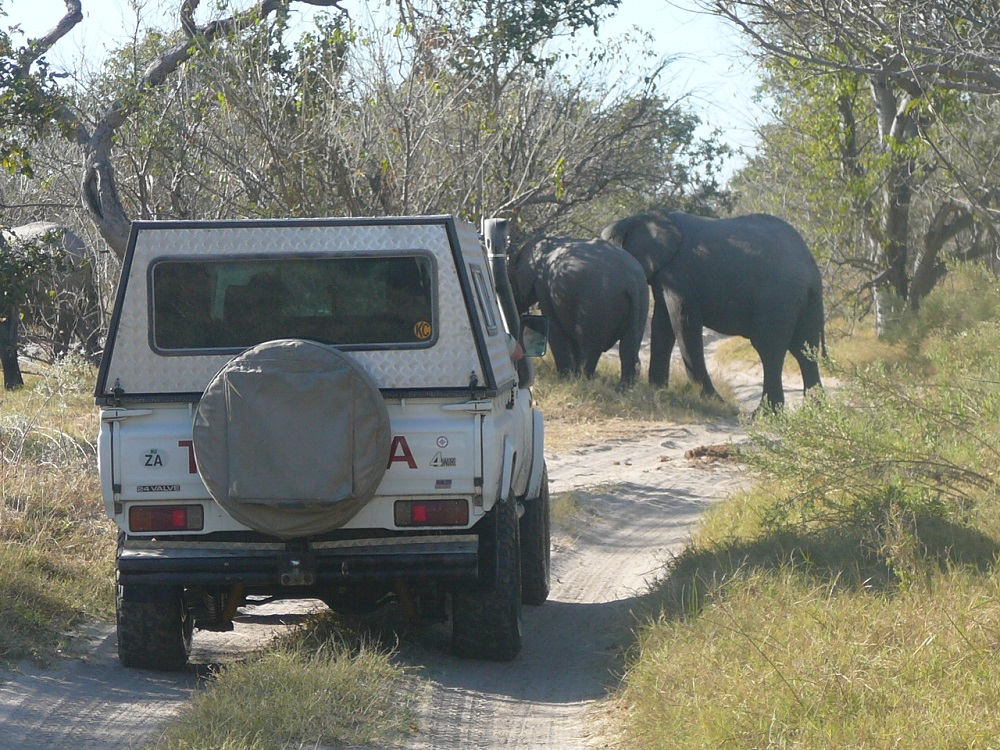






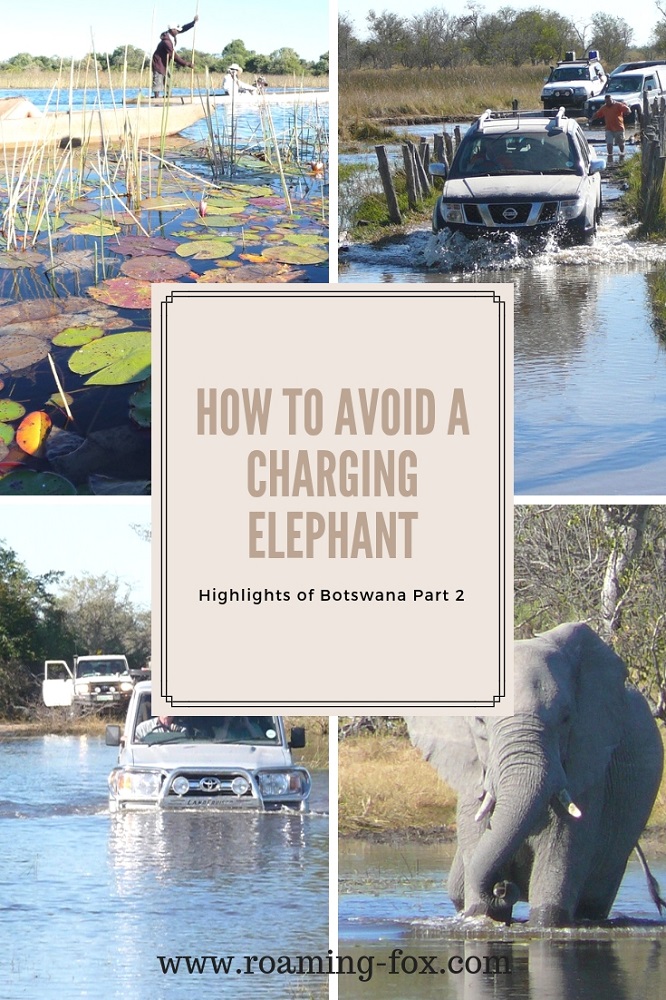
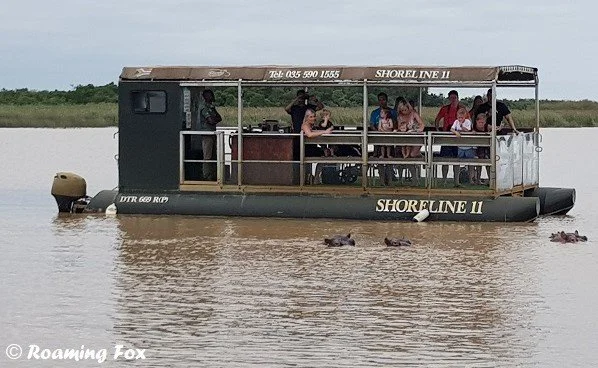

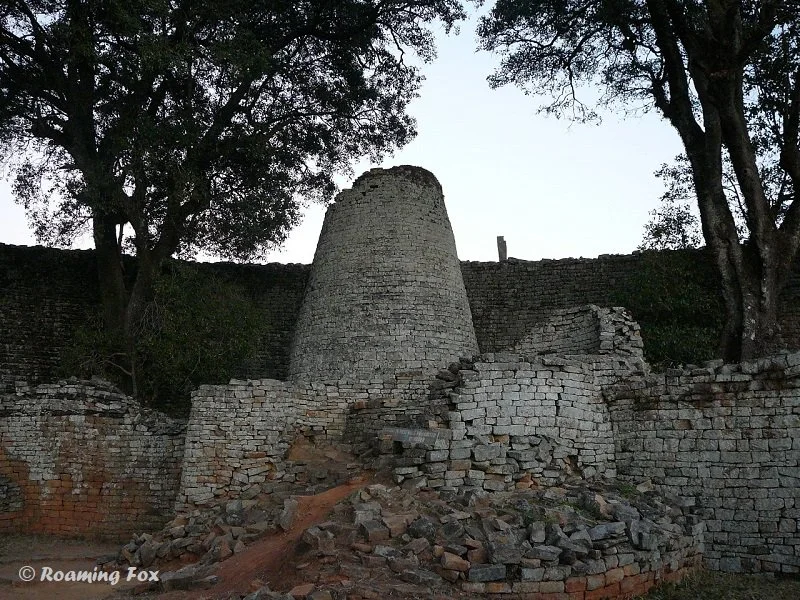

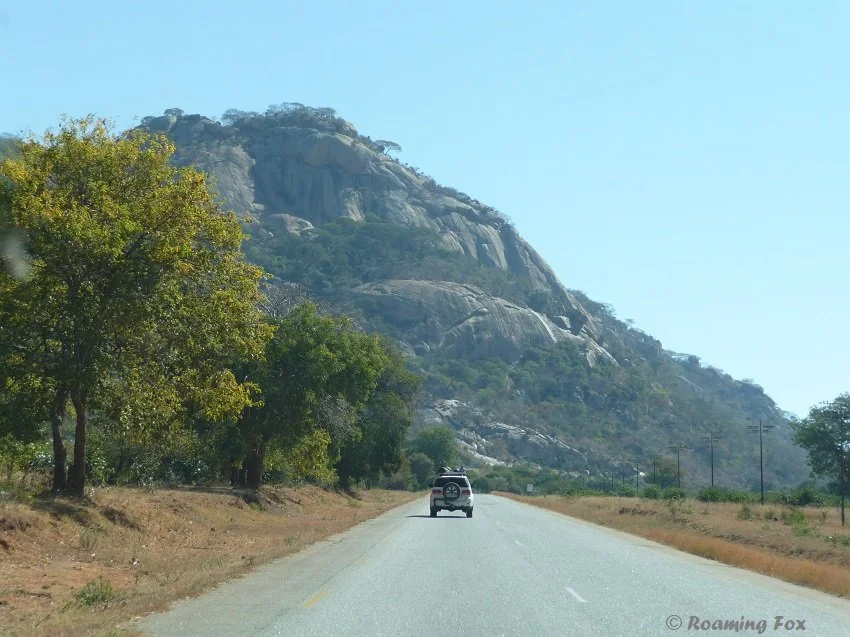
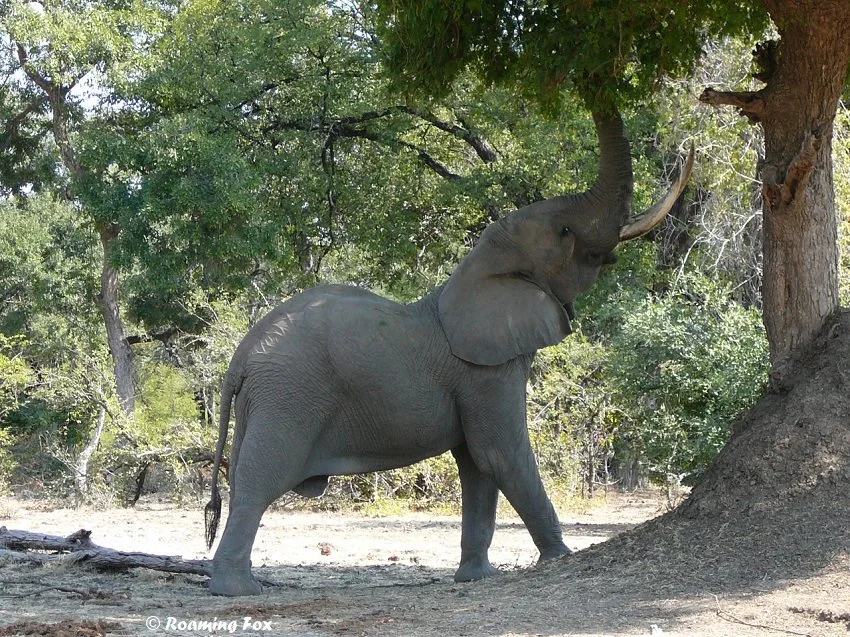
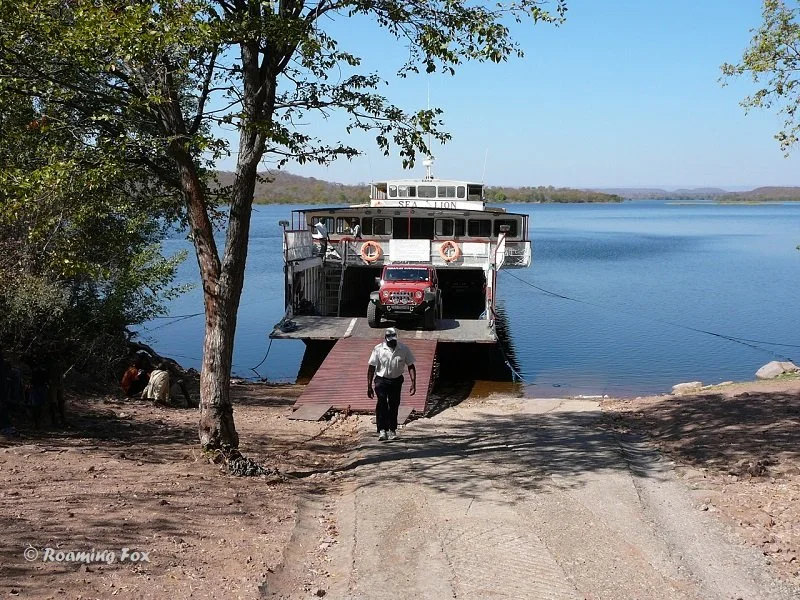



The Best Way to see a country? Take a road trip! Have you ever had that feeling when you hit the open road on your road trip? Freedom. Anticipation. Exhilaration.